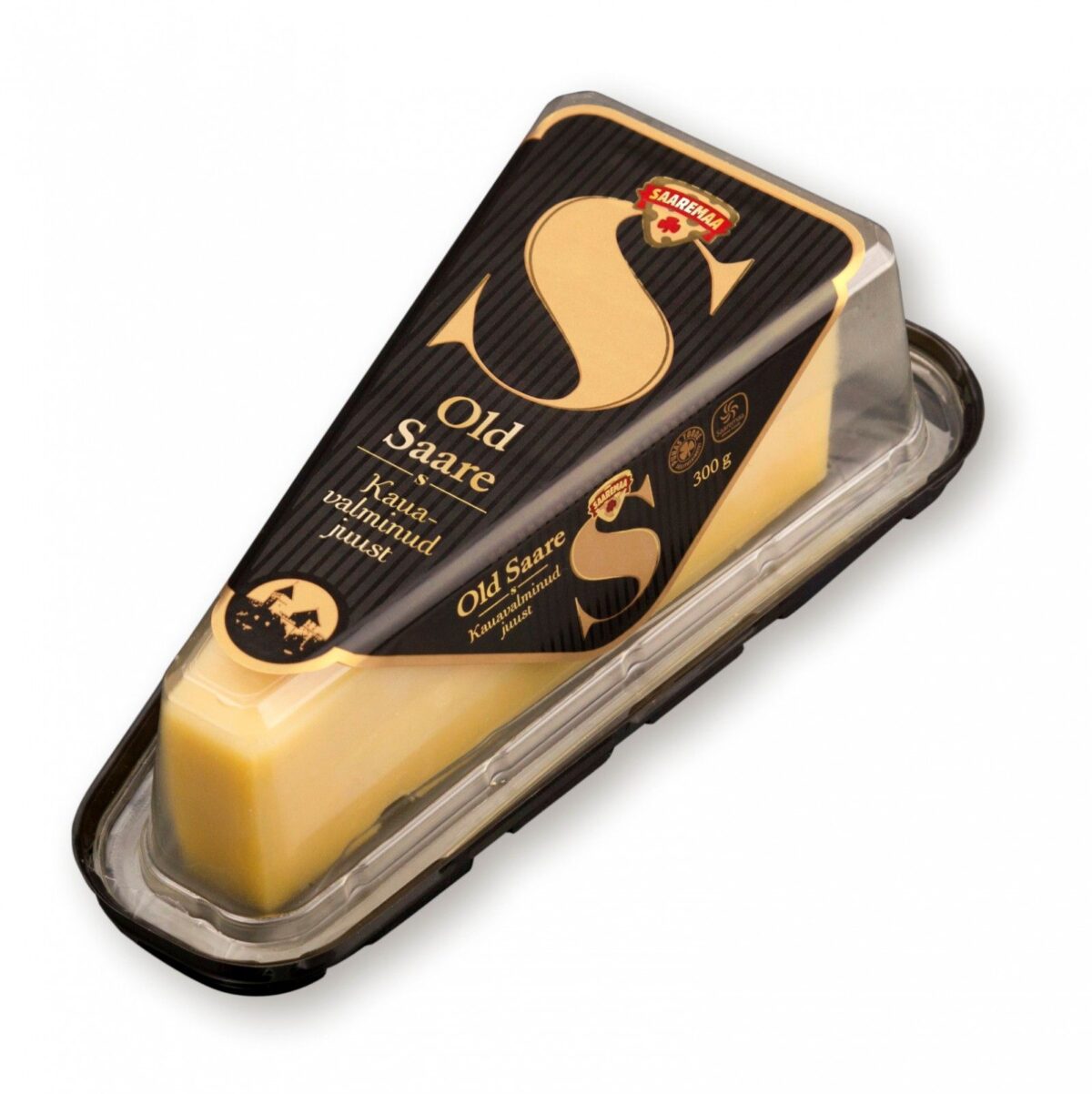Center of Food and Fermentation Technologies scientists Anastassia Taivosalo alongside with T. Kriščiunaite, A. Seiman, N. Part, I. Stulova and R. Vilu published a high-level article in the Journal of Dairy Science. Comprehensive analysis of proteolysis during 8 months of ripening of high-cooked Old Saare cheese was carried out.
We applied capillary electrophoresis, liquid chromatography coupled with tandem mass-spectrometry (MS/MS), and ultra-performance liquid chromatography to determine the composition of water-insoluble and water-soluble proteinaceous fractions of the cheese and to study in detail the degradation of caseins during 8 mo of ripening of Estonian high-temperature cooked hard cheese Old Saare. The application of high-resolution and high-accuracy MS/MS enabled identification of more than three thousand small peptides, representing fairly full casein peptidome containing peptides of 4 to 25 amino acids in length – 1,049 from β-, 944 from αs1-, 813 from αs2-, and 234 from κ-CN. The majority of β- and αs1-CN derived peptides originated from the N-terminal parts of the molecule, f6-93 and f1-124, respectively; peptides from αs2-CN arose predominantly from the C-terminal end f100-162. At the beginning of ripening, we found a relatively high amount of peptides originating from the glycomacropeptide part of κ-CN, while peptides from para-κ-CN prevailed during the later stages of ripening of the cheese. The cleavage patterns of β-, αs2-, as well as αs1-CN showed that primary proteolysis was started mainly by plasmin, although a low proteolytic activity of chymosin was also evident. Based on the analysis of cleavage sites, we observed a significant participation of proteolytic enzymes, including amino- and carboxypeptidases, of both mesophilic and thermophilic starter bacteria in further hydrolysis of oligopeptides during the ripening. Several new phosphopeptides were detected in the result of MS/MS data analysis. The profiles of the estimated concentrations of phosphopeptides revealed that those originating from β- and αs1-CN accumulated during the cheese maturation. In contrast, we did not notice any generation of phosphopeptides from highly phosphorylated part of αs2-CN, f25-80, presumably due to the inaccessibility of this region to the action of plasmin and chymosin.
The analysis of cleavage sites and the combination of principal component and clustering analyses provided a characterization of the complex dynamics of formation and degradation of peptides during the cheese maturation. We made an attempt to obtain a comprehensive picture of proteolysis during the Old Saare cheese ripening on the basis of the detailed peptidomic data, including also the less abundant peptides determined by MS/MS, and complemented by the data on intact caseins and free amino acids and reported the results in the paper.
Read more here.
